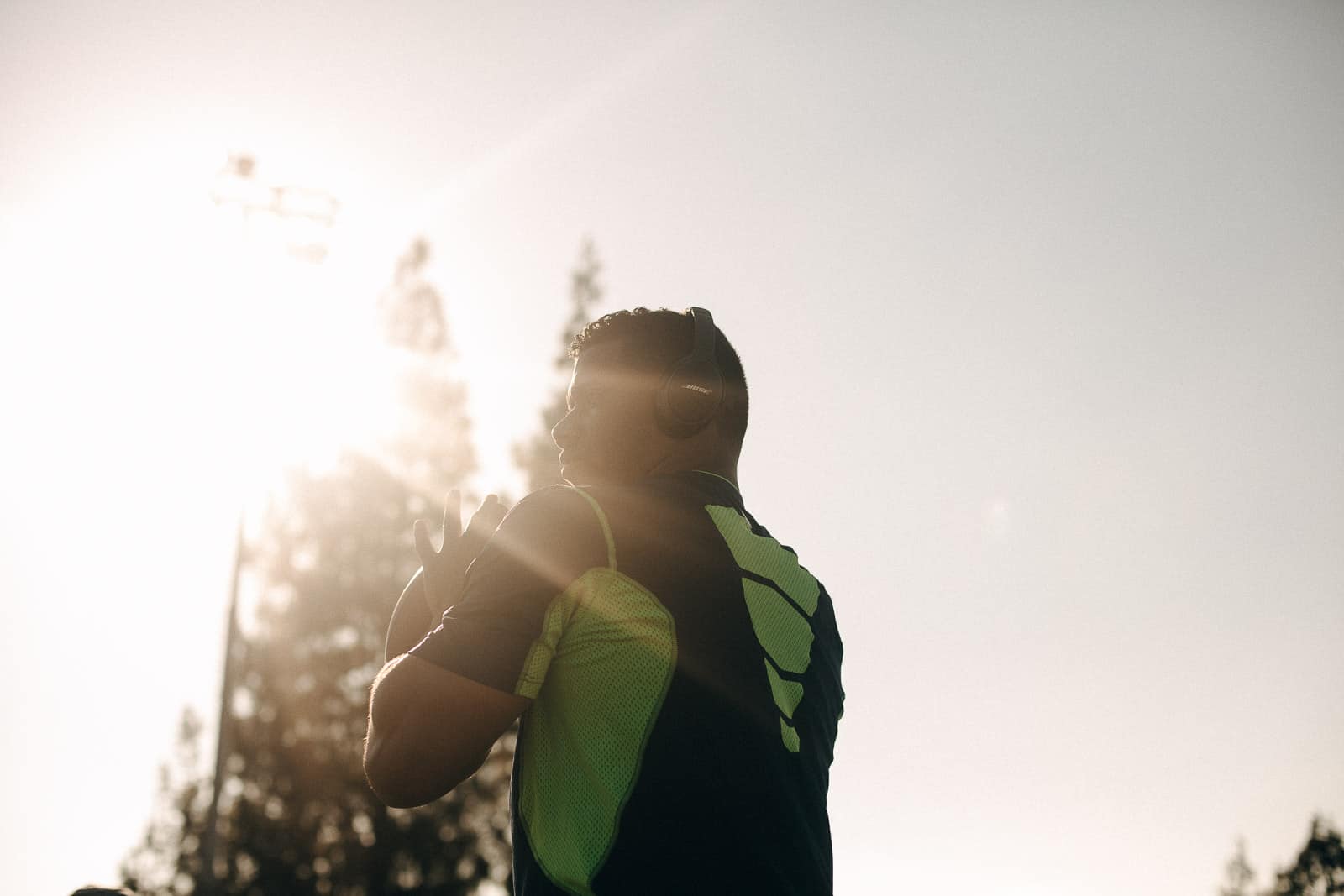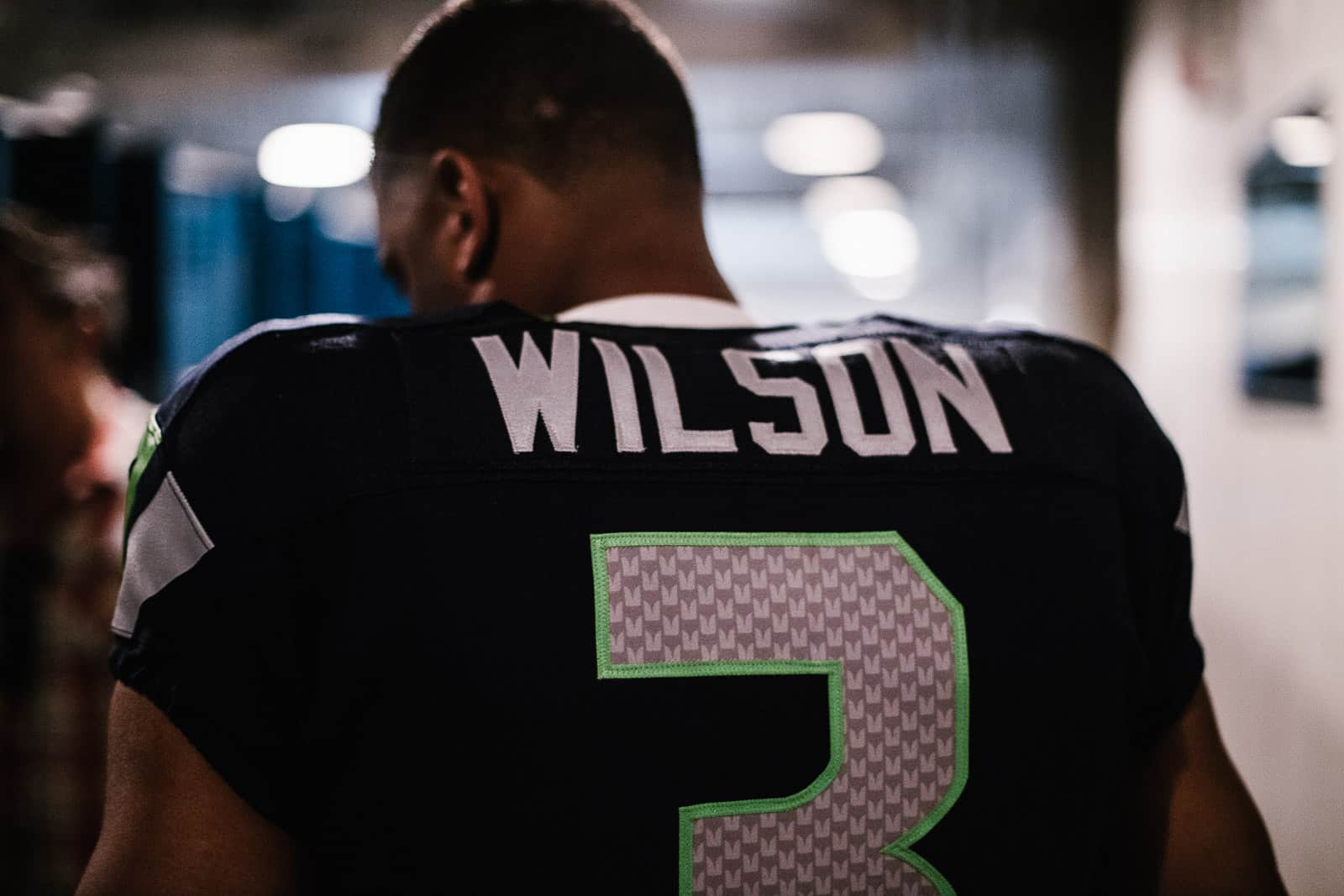Interview 039 • Feb 8th 2016
- Interview by Lou Noble,
- Marcus Smith Photographed by Lucy Hewett
About Marcus Smith
Marcus…
is an only child, remembers things from when he was 3, worked as a full time assistant and retoucher for 2.5 years, has a degree in Business Economics from the Univ. of Illinois, was born and raised in Chicago, loves Michael Jordan AND the Bulls, owns 75 pairs of gym shoes and keeps them all in their original boxes, has 2 middle names, knows the subtle difference between being smart and being intelligent, might talk you to death if given the right conversation to use as a weapon, has a midwest/southern accent, loves music and used to play the piano, thinks awkward situations are hilarious, and lastly, believes anything is possible because his momma told him so...
Links
Foreword
Marcus Smith puts paid to the idea that Art and Business are somehow separate entities, that an artist who is connected to the creative process is somehow unable to also manage the professional aspects of the craft. In talking to him I was taken with how, for him, his photography was an aspect of a wholly creative life, where art, hustle, drive were all expressions of his personal outlook.
This interview has been edited for clarity and content.
Interview
You know, I’ve looked at your portfolio, seen the work you’ve been doing for a while, what is it that draws you to focus on sports so much?
Really, it’s because I was an athlete growing up. I’m really into being in shape and being athletic, now, so it’s really just a personal interest thing, I guess. I’ve always said, I feel like anybody that’s personally invested and personally interested in whatever they’re shooting, is going to shoot it better than anybody who doesn’t have that same personal interest or personal investment in whatever it is that they’re shooting.
Right.
And not even just because you understand it better, but because you’re going to be more passionate. You’re going to go through greater lengths to get shots that stand out and you’re just going to be willing to do more to stand out amongst everybody else that’s doing that same thing if you are passionate about that subject. Really, it just came from that. And then the second reason is, it was something that, when I first was looking for something to get into, when I started photography, or started trying to get paid in photography, I noticed that sports was sort of…I don’t want to say that it wasn’t crowded, because every aspect of photography is crowded, but I felt it was one of those aspects of photography that is not as saturated as, say, lifestyle photography, or fashion photography. It’s not glamorized as much as those other categories, so it was a little bit easier, to get noticed, and it was a little bit easier to put my own spin on it, that felt unique at the time, rather than trying to break in through beauty photography, or lifestyle or fashion or whatever. Those are the categories that I remember in photo school, pretty much everybody wanted to shoot fashion. So I felt like sports was one of those things, it’s not focused on as much.
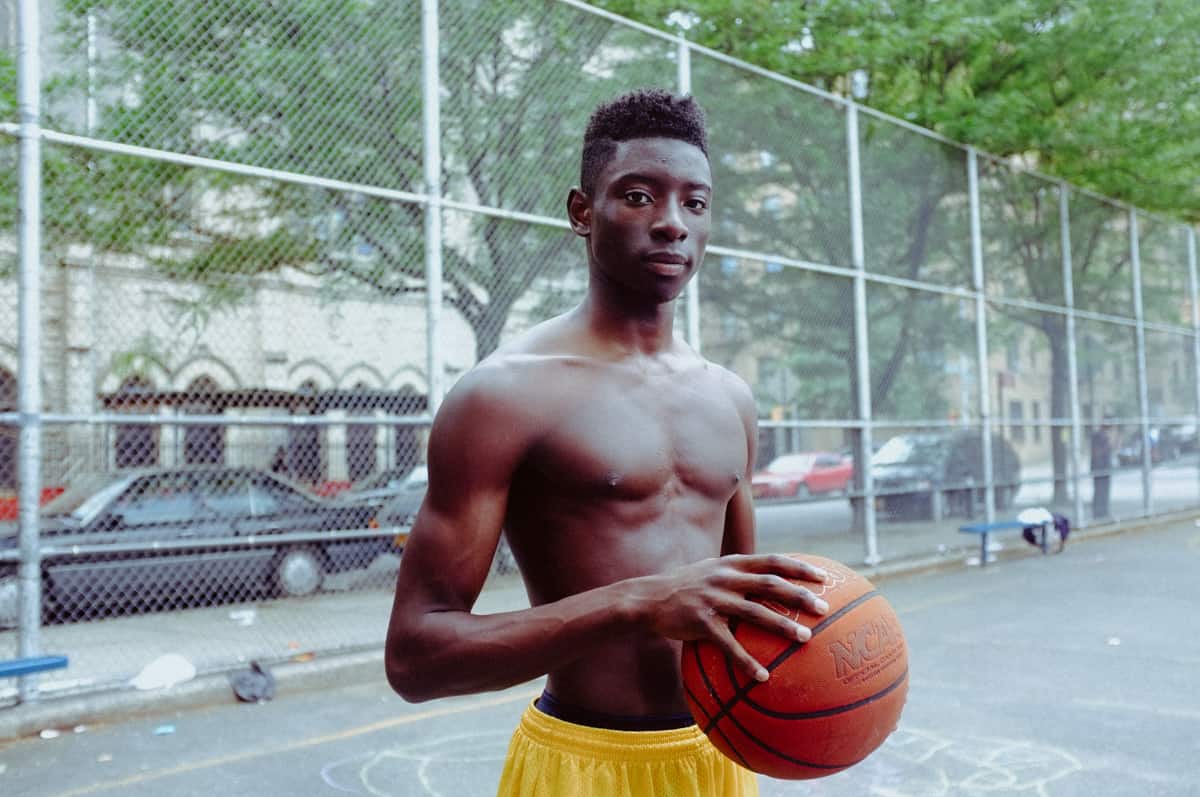
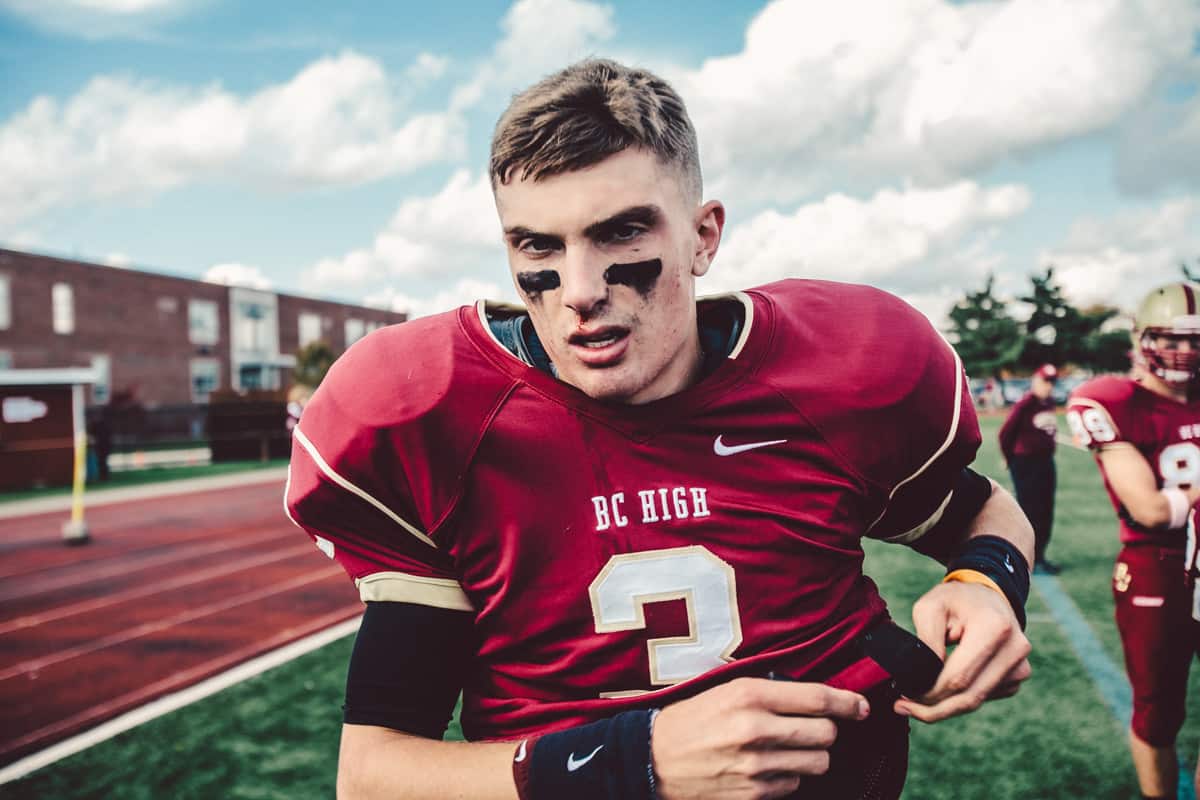
Yeah. When you say “your spin,” what would you consider “your spin?” What do you think you bring to sports photography?
Well, I would say, at the time I started trying to break into sports photography, the look was this whole shiny athlete sort of look. Everybody was heroic, everybody was perfectly lit, there was a whole lot of compositing going on. Just everything kind of looked like a comic book. Everything was larger than life. And I kind of came in with a more raw, and more authentic approach, and I think it was just part of being in the right place at the right time, and part of me growing up and being a part of a generation that just sees things in a more real, authentic way. I’m sure you notice the advertisements now, that that’s really what everybody is trying to do now.
Yep!
Everything is trying to be real and authentic, they want everything to feel like Instagram, like it was happening already, even if it wasn’t. They want you to put on an illusion that you’re just a fly on the wall or whatever, and I feel like I was just bringing that naturally. I was doing that before it was really a trend to do it. That was how I saw things, it wasn’t me trying to play to the trend, it was just me being in the right spot at the right time to sort of be ahead of the curve. And people who hire for those sorts of things took notice of that so that’s how I started to get hired as quick as I did, I was kind of going against the grain a little bit at the time, and it was just one of those things where it was just perfect for the advertising client, at the moment.
The trends caught up with you.
I guess you could say that! Yeah, I guess you could say that, because I feel like I was part of one of the beginnings of…my first job, my first big commercial job was the Instagram job, for Michael Jordan. And that was something that wasn’t really happening a whole lot yet. It was on the cusp of starting to happen a lot more, and it was already…I think it’s called Tinker Street? You know, they only rep Instagram photographers. So that already existed when I got that job, so I knew for sure that it was on people’s radar to be a part of stuff like that, but as far as it being on a widespread level like it is now, it wasn’t to that extent yet. I wouldn’t say that I was at the beginning of the trend, but I was very much before you got to the apex. I was very much in that part of it right before it got crazy.
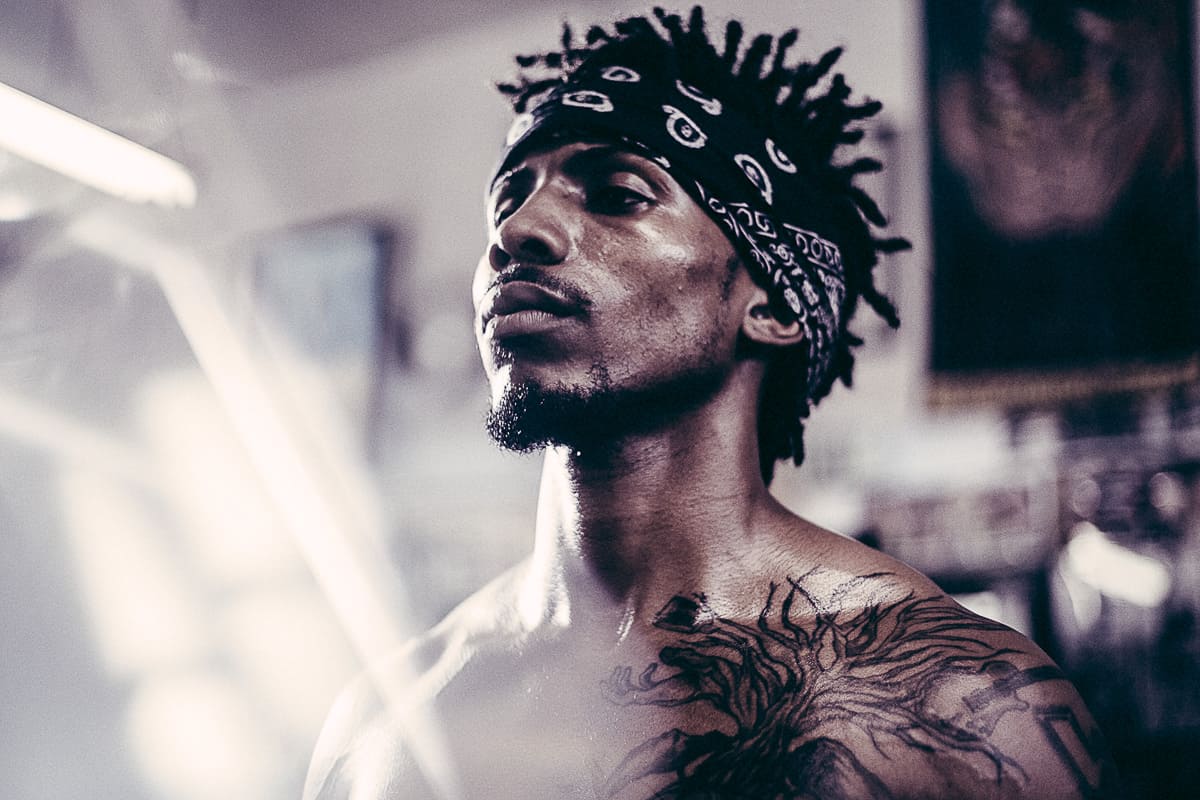
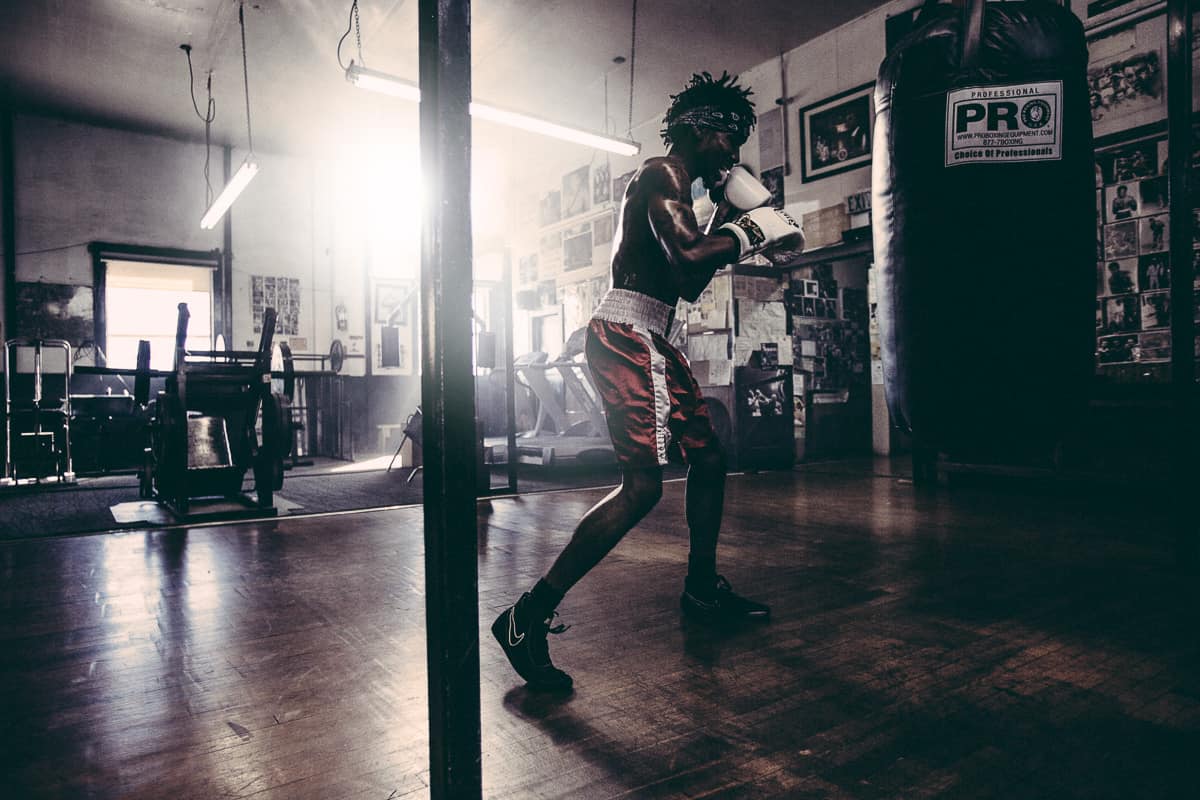
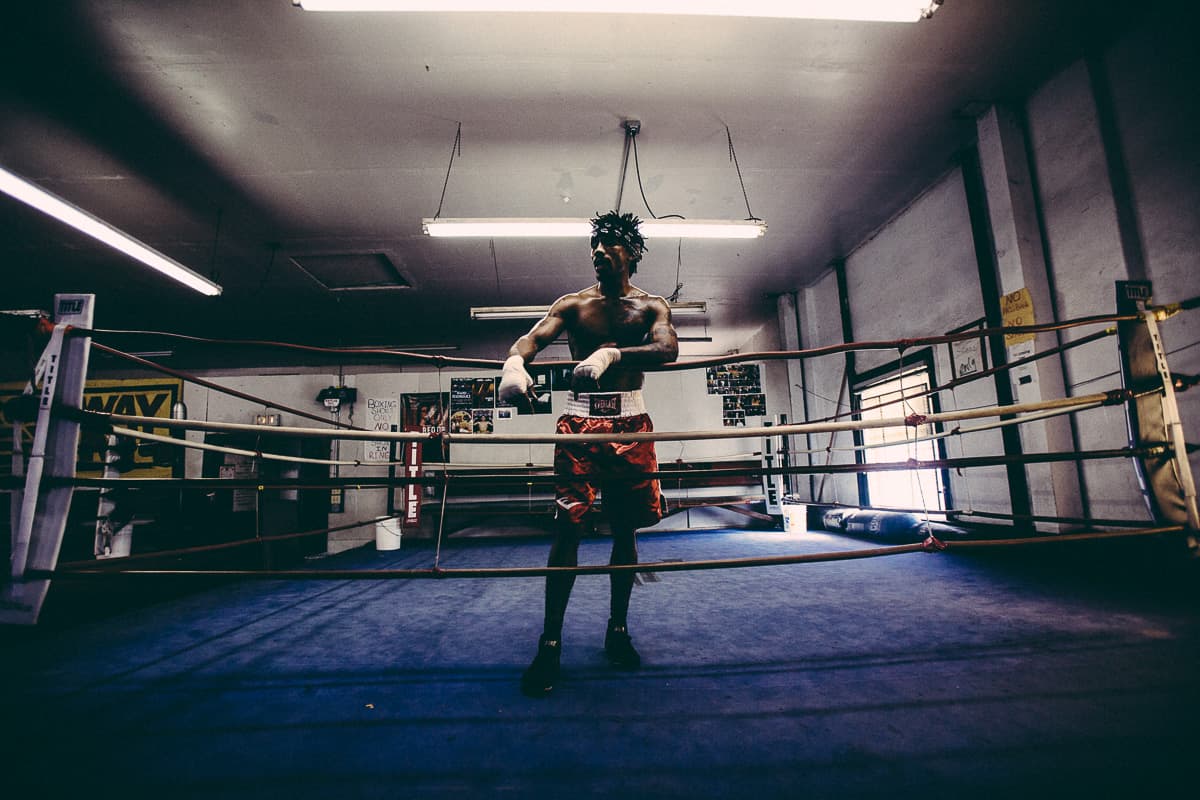
Right, right. Yeah, because I look at your work and there definitely seems to be an immediacy to the shots you take; it’s very intimate, you’re very physically close to your subjects. What is it you look for when you’re shooting something like a football game or a basketball game?
Most of the time, it’s funny, I talk about this a lot, but if I’m at a football game, I spend more time with my back facing the actual game than I do paying attention to what’s happening on the field. Because I’ve always felt, especially with football, it is really really difficult to get those very intimate shots in football when you have to be on the sideline and all the action is happening a hundred and fifty yards away from you. That, to me, is not interesting for what my purposes are, which is to capture some type of feeling, emotional connection to people. So a lot of times when I’m at a football game, I’m looking for the guy with his helmet off, or I’m looking for the guys that are sitting on the bench paying attention to the game; I’m waiting for some big play to happen, so I can capture the emotion of the guys on the sideline. Or, if there’s a player that’s a star player or whatever, I’m usually waiting and lurking around, checking to see when he going to come off the field to see what his reaction is to whatever is going on in the game is going to be. You’ll notice if you look on my site, if I’m actually shooting at a real football game, a lot of the shots that I’m taking are off the field. That’s when I’m at a real, live football game. Now, if I’m shooting some advertisement stuff, then it’s a lot of things that we’re making up.
Right, right.
And those, sometimes I’m able to get the perspective of an action play while I’m on the field, too. And I enjoy being able to do that just because I’m providing a different perspective on action-oriented part of the game. I guess it’s kind of different depending on what the assignment is, and what my access to the field is, or whatever.
Are there certain emotions that you’re drawn to when you’re shooting?
Not really, I guess you could say that I’m drawn to any guy that’s focused, or in the zone. I mean, I’ve shot all ranges of emotions, from players actually crying, there was a story that I shot for ESPN Magazine where it was this team’s last game together, all of them were seniors, they’d lost their last game, it was the first playoff game and they lost. These guys were all emotional because, if you’re in high school playing football and you a senior, you could think about it like this: most people don’t play football ever again after that. Because football isn’t really a recreational sport, no body is suiting up at twenty and going out an playing football.
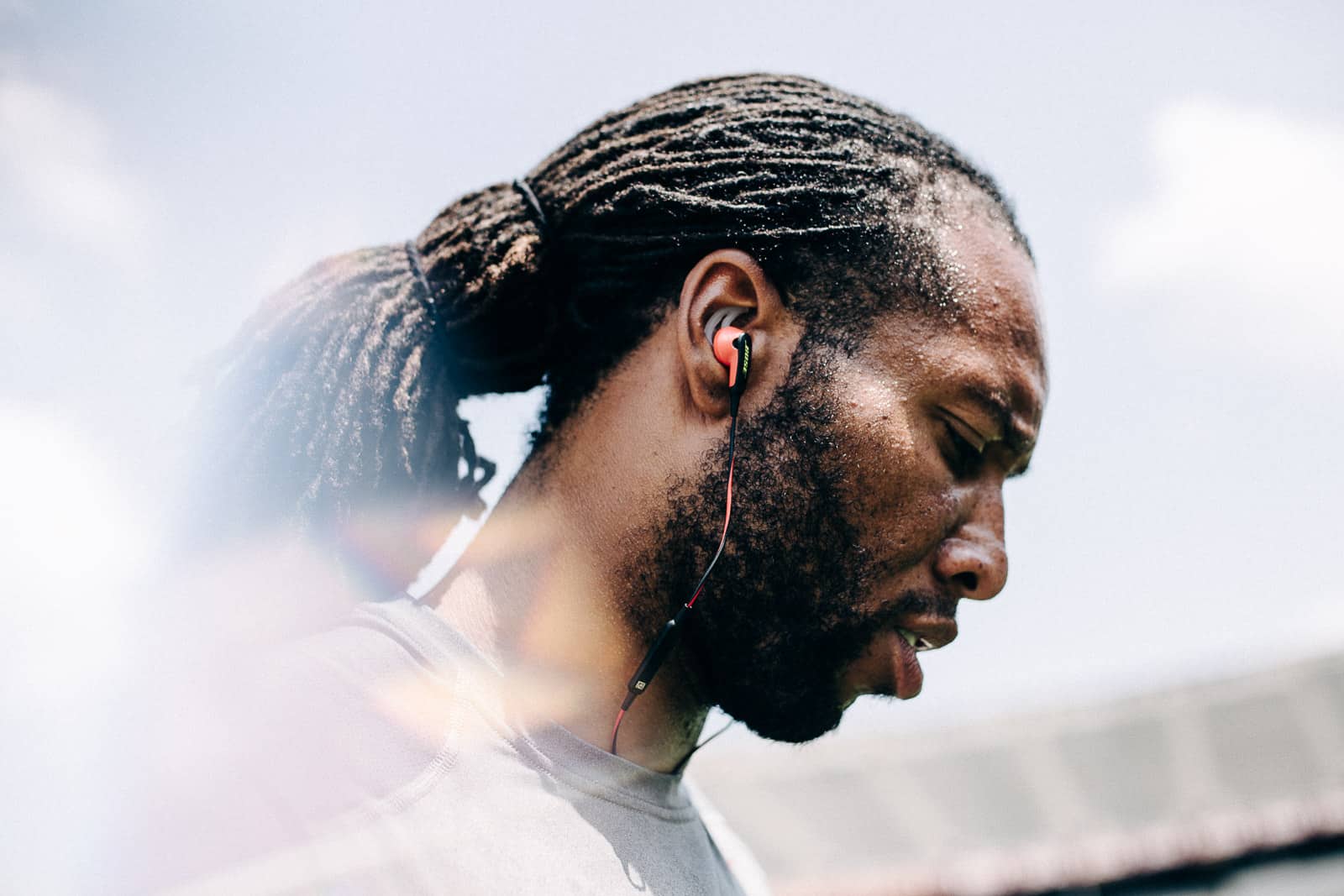
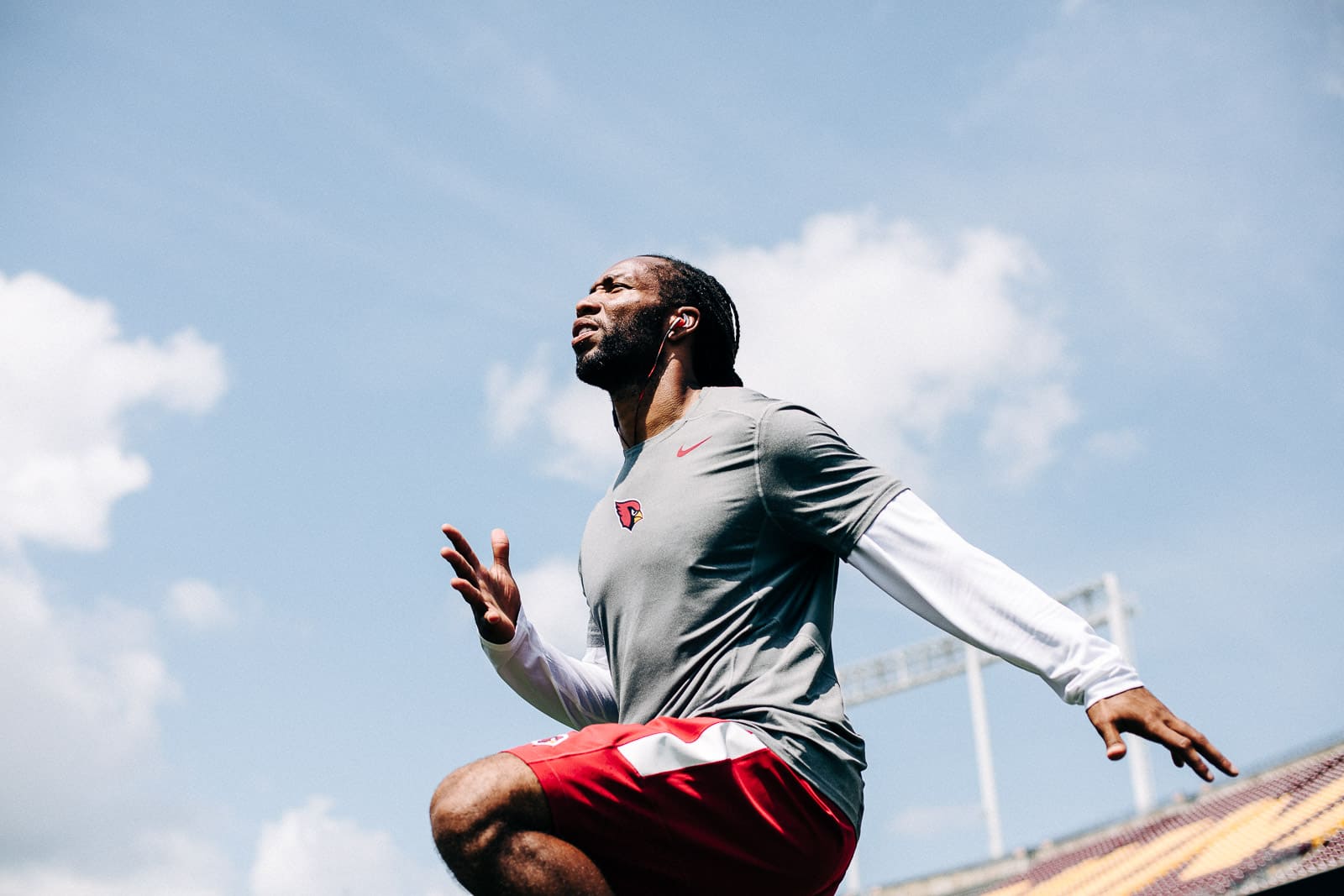
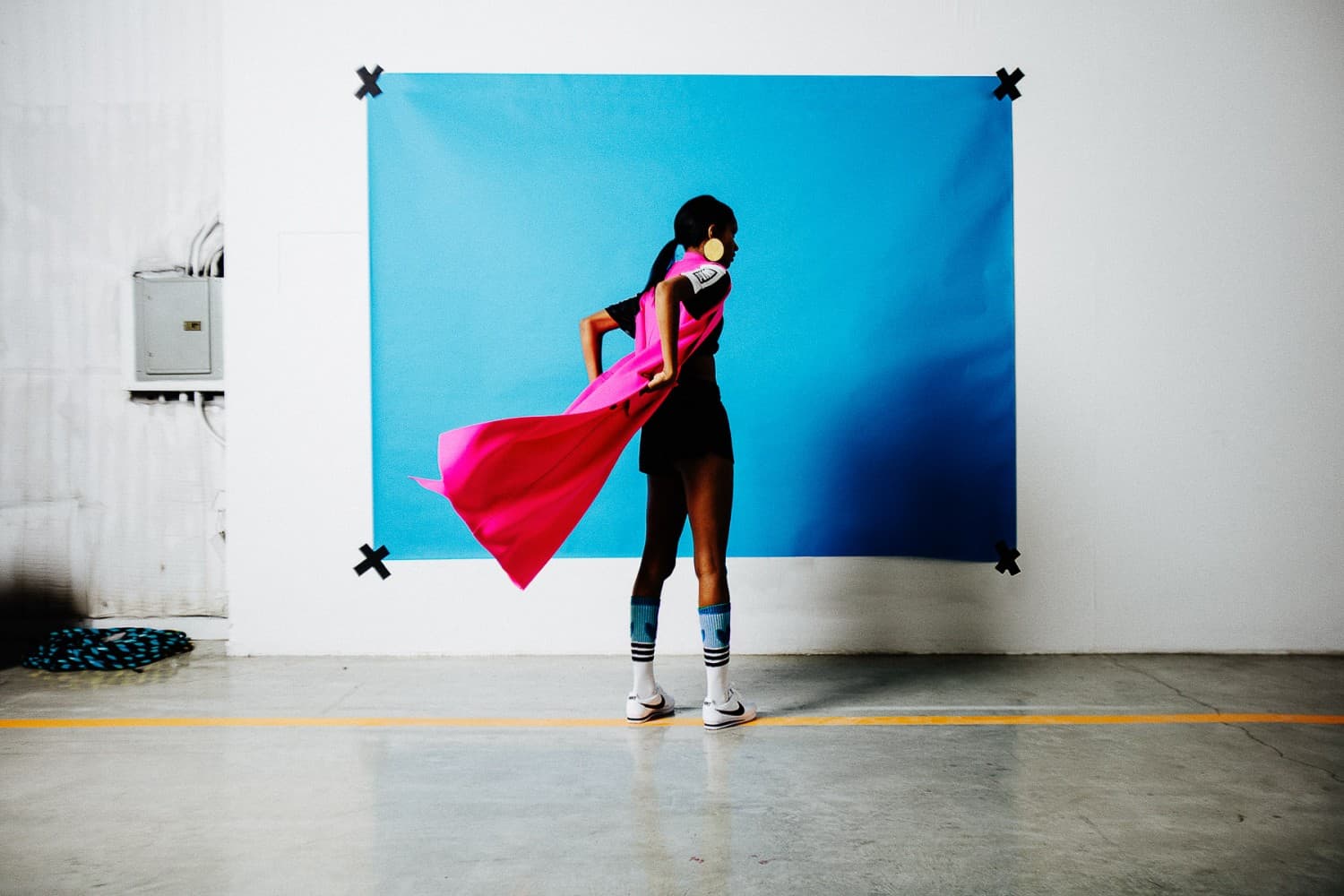
Thirty-five getting a pick-up game of football.
Exactly! When you’re eighteen, you’re a senior, and you’ve been playing football your whole life, if you’re not going to college to play or the pros, that’s probably going to be your last time ever putting on a helmet.
Right!
So that’s an emotional experience for a lot of people when they know that. And these guys were very aware of that, so guys are crying, so obviously I was drawn to that and capturing that. I have been on the exact extreme end of that as well, where guys are happy and shouting, I’m drawn to that, too. I don’t know if there’s one particular emotion that I’m drawn to, just pretty much emotion in general, where somebody is showing some type of feeling, and there’s some type of story behind why they’re feeling that way. Those are usually the things I try to capture.
I see that carry through even in your commercial work, even if you’re doing something for Nike, something like that, where there still seems to be this kind of movement and emotion, even in a constructed shot. Do you like to experiment and play around, or do you know what you want to get when you’re going into a shoot?
Again, I started having this sort of split state of mind of how I go about things depending on what type of shoot it is. So, if it’s an editorial shoot, most of the time I don’t know what I’m doing.
Hahahaha!
Hahahaha. I mean, I have a general idea, but I don’t know what to expect because it’s a lot of things that I, in that type of situation, I don’t have control over. And a lot of those times I’m usually walking into the room or the field or whatever only having seen it for the first time maybe 5-10 minutes before I’m about to shoot. So, in those circumstances, of course you have your muscle memory at play, where you kind of have an idea of the types of things that look good and translate well in photos, but you don’t know how they’re going to play out. So in that sense, I’m sort of reactionary. But, again, when it’s an advertisement thing, it’s something we kind of talked about for two or three weeks prior, and I know exactly what my client wants and I know what I’m doing going into it, I know exactly what kind of lighting I want it to look like, I usually have it all planned out, I’m over-planning at that point. I’m thinking about every single thing, and I know every single detail, for the most part, of how I want it to be. Just depends on which direction I’m being put in at the moment.
Right. Because I’m looking at this, there’s this “Philo, CA” section on your website, and its got that same kind of “people in motion, people moving around as a game”, even though they’re clearly different looks, there’s that kind of through line.
That was something I did as a personal project, and even with that, I had a mood board, and I had stuff in mind as far as what I wanted to try and capture, but at the same time, I didn’t plan every single shot out. I didn’t go into it being like, “okay, I want to get a shot of the girl jumping off a tree, and then I’m going to get this shot of a girl landing in leaves.” That was all stuff that sort of happened spontaneously on the spot. I knew the types of moments that I wanted to capture, but I didn’t have it detailed out down to every single detail like that. I wanted it to feel like it was another part of the things…the reason why I did that shoot was because I had a lot of clients who were asking if I was interested in shooting things outside of sports. And off course I am, because sports isn’t even how I started photography. I started photography shooting a lot of my friends who wanted to be musicians, so my interests go far beyond sports photography. Some clients can be really literal, and if they want to hire you for something outside of what you normally do, then you really have to show them that you can do it. So that was my way of just having stuff under my belt so I can say, “I’m not just a sports guy, I like to do other things, you don’t have to be an athlete for me to shoot you and have fun doing it.” It served as a good way to flesh out my book more, to show a little more versatility.
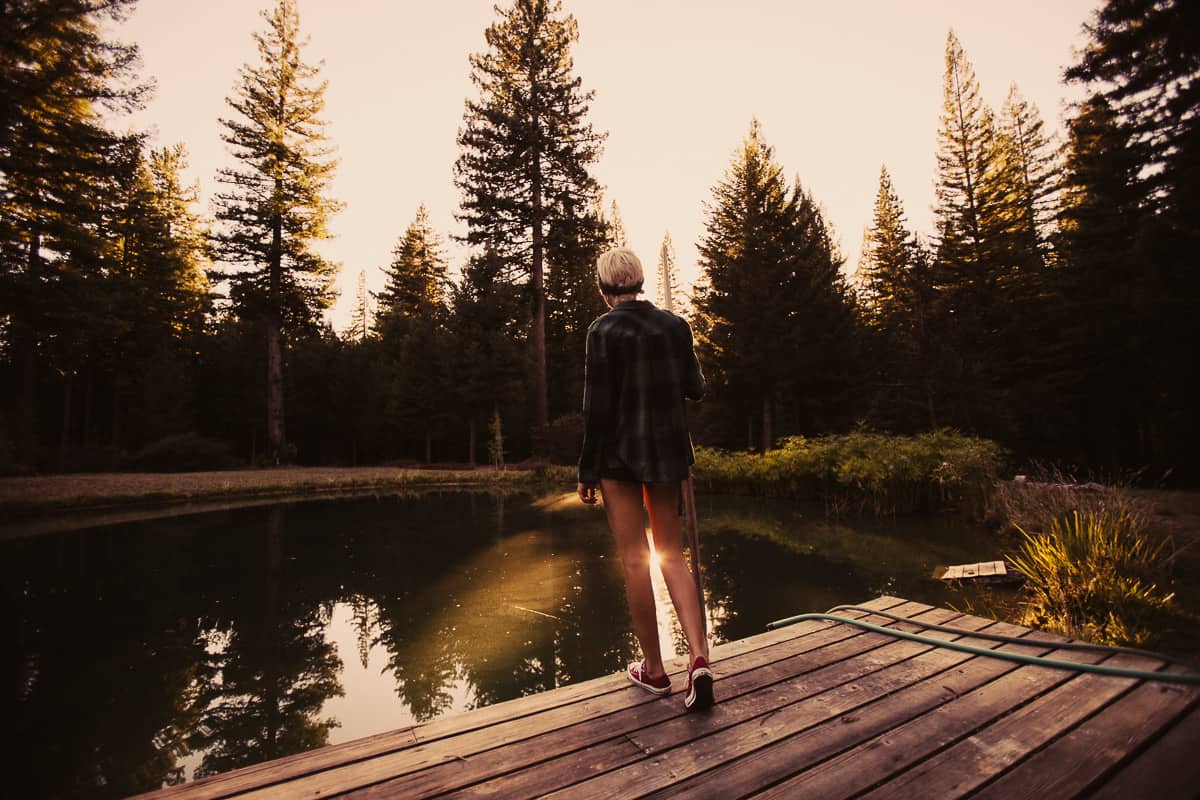
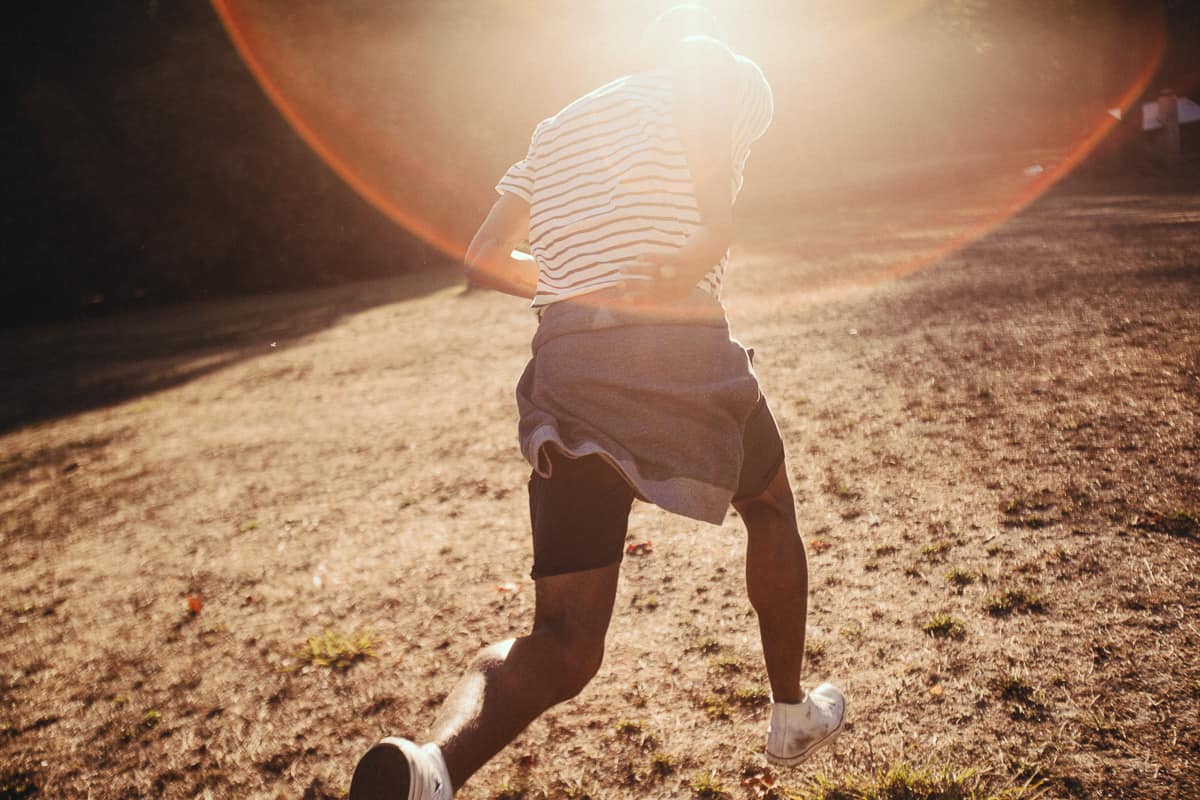
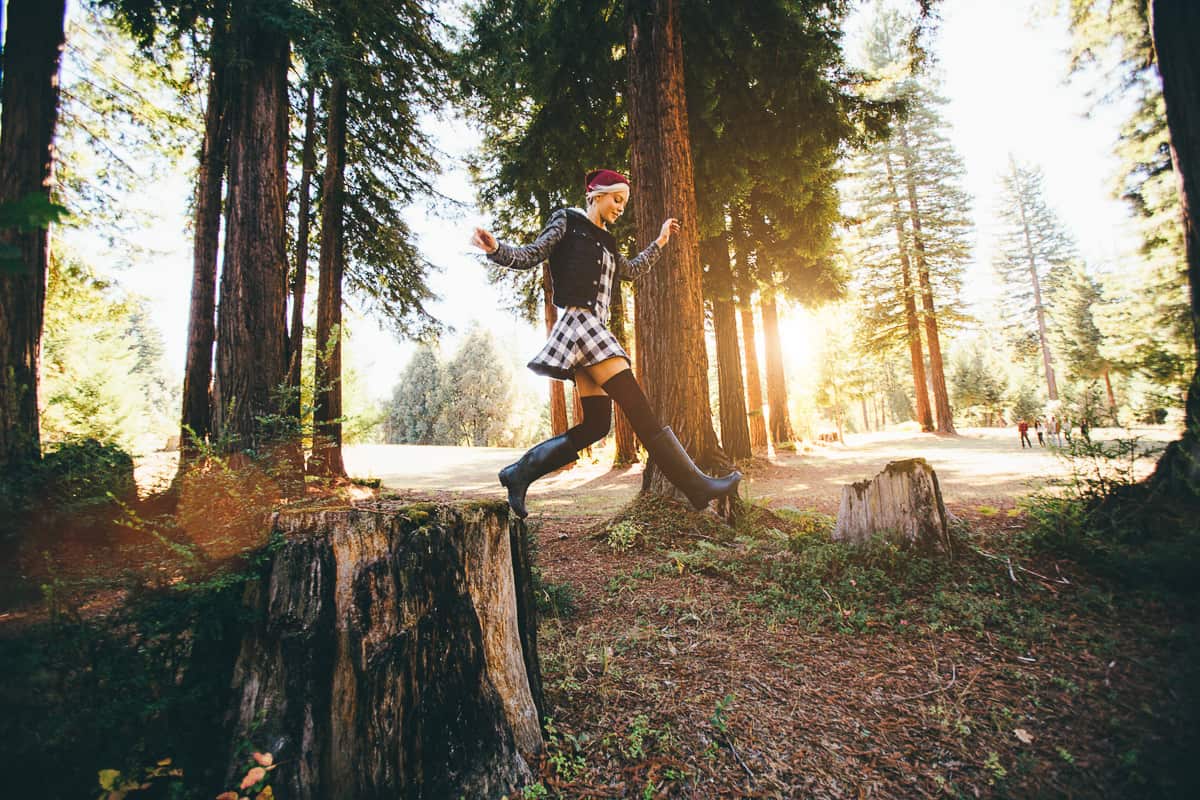
Right. It seems that you’ve got a real mastery of both the business and the artistic side. Where do you feel that came from? We talk to some photographers that are really…the art is very much in their heads, but the business seems a lot dicier for them to navigate through.
Well, I could say for sure, the business side…a lot of it came from my mom, who’s also an entrepreneur, and it was just always driven into my head from an early age to strive to do something entrepreneurial. Also, I did go to the University of Illinois, where got my business degree there before I ever partook in photography. Just going back from an early age, I’ve just always had those two sides of my brain going. Going all the way back to third or fourth grade, I used to draw things and all of that, and I used to sell those drawings to other kids at my school.
Hahahaha!
This was when I was 9 years old! Or I would let people hire me, other kids that couldn’t draw that well, I would let them hire me to draw them something that they wanted or whatever. So I was doing that from an early age, and I was always scheming from that time through high school, I was always scheming on, “how can I make money? What ideas could I use to make money?” I remember being, I don’t know, fifteen, sixteen years old, and having conversations with my mom like, “yo, I don’t want to be a starving artist.” I hear that term all the time, people think that you are selling out if you’re not a starving artist, and I’m just like they don’t get it. You can call it selling out, you can call it whatever you want, but I’m not trying to be broke.
Right!
If I’m going to do this thing, if I’m going to do art, then I’ve got to be making money, because at the end of the day, I like nice things, my wife likes nice things…
Hahahha!
…I like having a nice car and living in a nice house. You can’t do none of that without money! I’m all about that, I’m all about my business, and trying to sell my art, or whatever. Also, I just know that money gives you a little more freedom to make certain decisions, as far as your art goes. When you have enough money, then you don’t have to take certain jobs, and you don’t have to work on certain things that you either A) you don’t agree with morally, or B) you just don’t like, creatively. You’re not forced into a box where you have to bow down to somebody else, and that’s really what the whole goal should be, as any business owner, should be to not be a slave to your customers. You should always be working towards independence and trying to be…you are the one that’s in demand, and you’re the one that’s in power, and you can say, “you know, that doesn’t aligning with what my brand is, I don’t really want to do that and I’m not going to do that.” And you’re not looking at it like another dollar sign, just because you have bills to pay. Because the people that I’ve seen that are around for a long time are people who pay attention to stuff like that, people that really align themselves with other businesses that make sense for their business, because the way I was taught is that, “all business is not good business.”
Hahahaha!
It’s true.
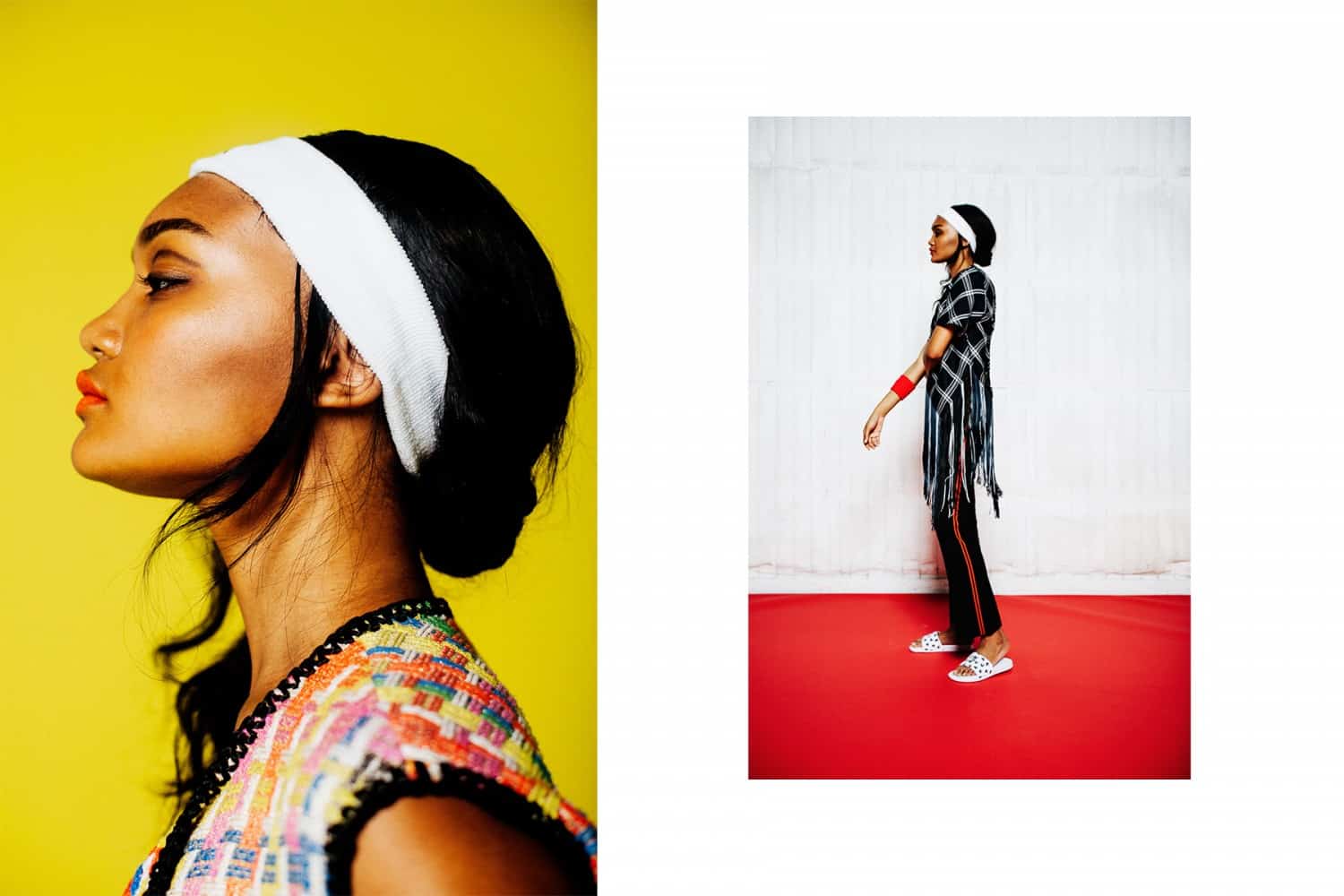
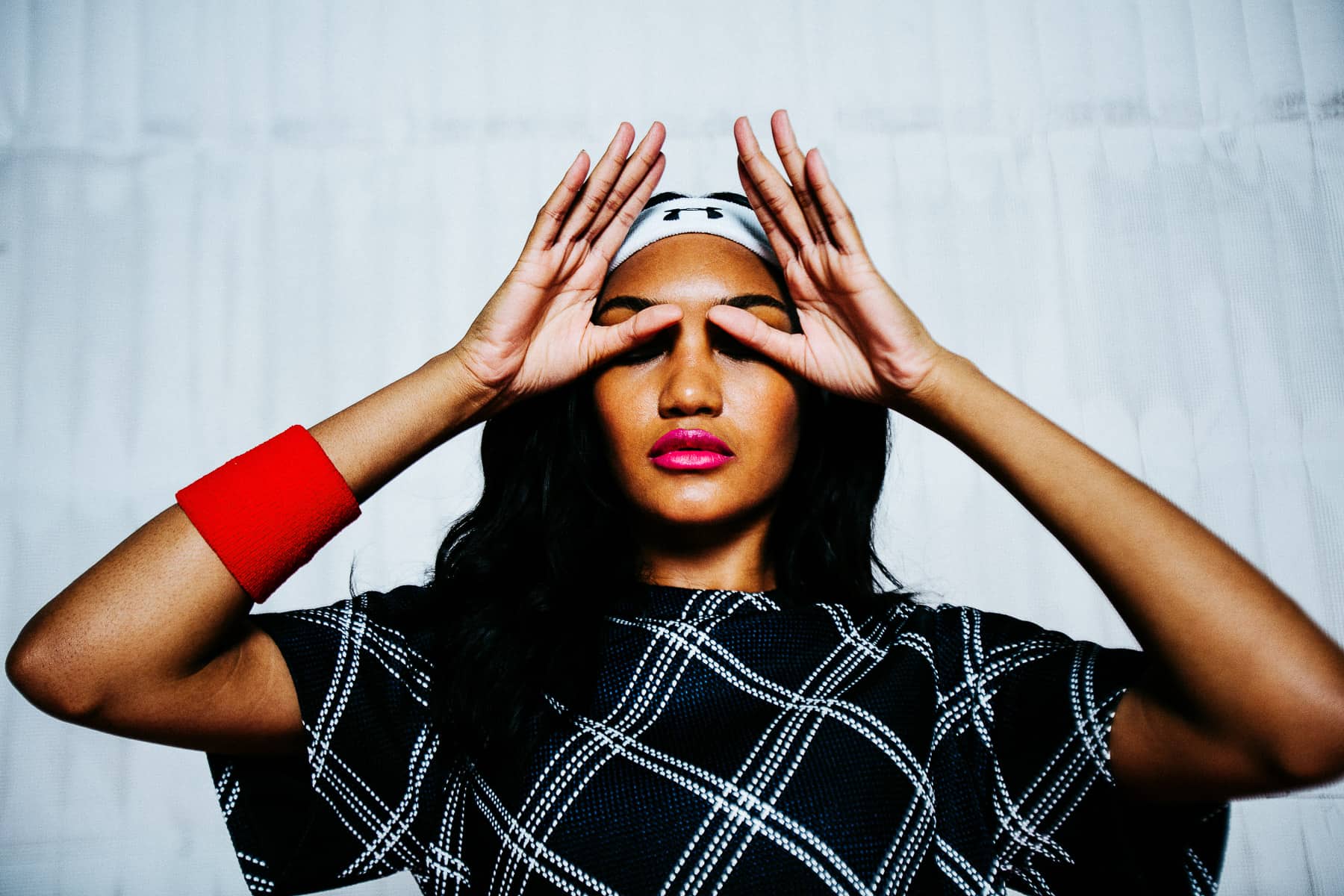
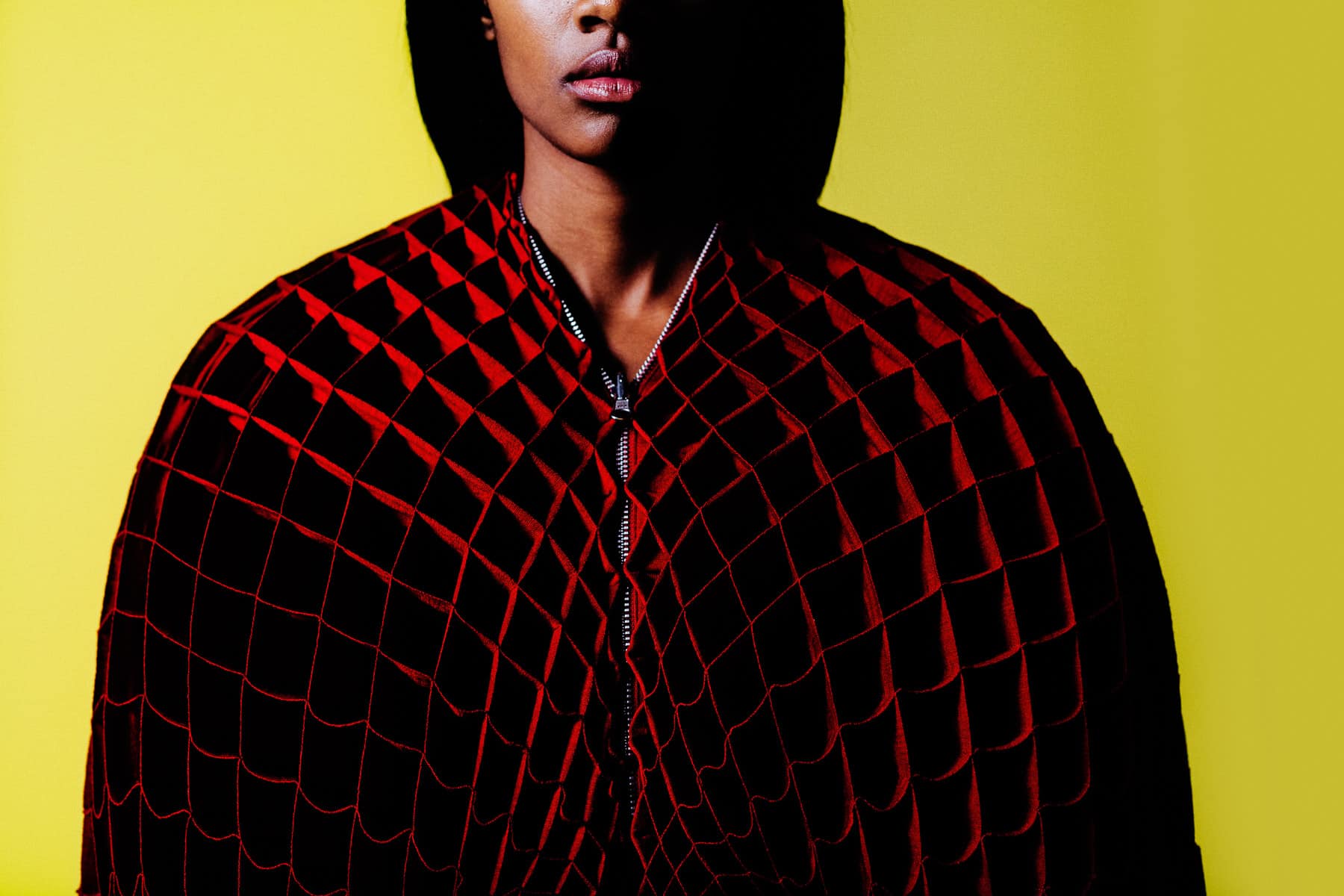
Yeah, definitely. Do other photographers that you hang out with feel the same? Or do you feel that you’re a bit outside the norm in that way?
I feel like other photographers in my community want to think that way. And they don’t know how. I have a lot of conversations with friends of mine that are photographers, and some of the things that they do, or some of the things that they say, they’re not saying them because they feel strongly about them. They’re saying that because they don’t know how it could work any other way. Until you have a conversation with them and give them ideas, and say, “why don’t you think about it or go about it this way, or why don’t you do this or do that?” Then they go, “oh yeah, I didn’t even think about it like that.” So I don’t feel like, feeling the way that I feel and thinking the way I think, I don’t I meet a lot of opposition when I have those discussions with other photographers that I know.
Right.
It’s knowledge that’s not apparent. For me, like I said, I grew up with a mom that was thinking about business all the time, and it was always driven into my head. Everybody don’t have that. I would say most people don’t have that. So that’s why you have a lot of artists, not even just photographers, but you have a lot of artists who don’t even have an interest in the business side because they weren’t taught to have an interest in the business side. They’re taught that it’s okay to be an artist and not care about that, and so that’s what they go with. They’re taught that if you want to be successful as a photographer, you make it and finally find a way to get yourself an agent, and you pay that person, and that person worries about all of the business stuff for you. That’s not really how it’s supposed to be, but that’s how it’s perceived to be.
That’s the narrative that’s popular.
Yeah!
It seems like you’ve got a leg up because you got that interest and knowledge from both sides of the business.
Yeah, I definitely, I’m probably over-interested, you know? But the thing that I see for myself, the reason why I think about it like that is because when I finally get bored with photography, or whatever I’m doing, that’s something I can see for myself in the future, is representing other artists and making sure that they’re getting their fair shake, and their fair due, and me, potentially turning into an agent or something like that one day, in the distant future. When I’m too old to be traveling and running around football fields and going in locker rooms and all of that, then I could see that for myself, using all the knowledge that I’ve gained and acquired over the years to mentor the new generation of artists, because every decade is something new. A new way of earning money out here for an artist, and it just becomes the Wild Wild West all over again.
Ha!
And you meet people that are there to establish a precedent on how things are supposed to be handled, so that artists can continue to get their fair due. Because otherwise, people are going to try and take advantage of them, because of the fact that they know that they don’t know all of this stuff. You need somebody that’s going to be able to step in and fight the good fight, for them.
Mhm.
And I wouldn’t mind, again, selling my services for that, in the future. Hahahhaha!
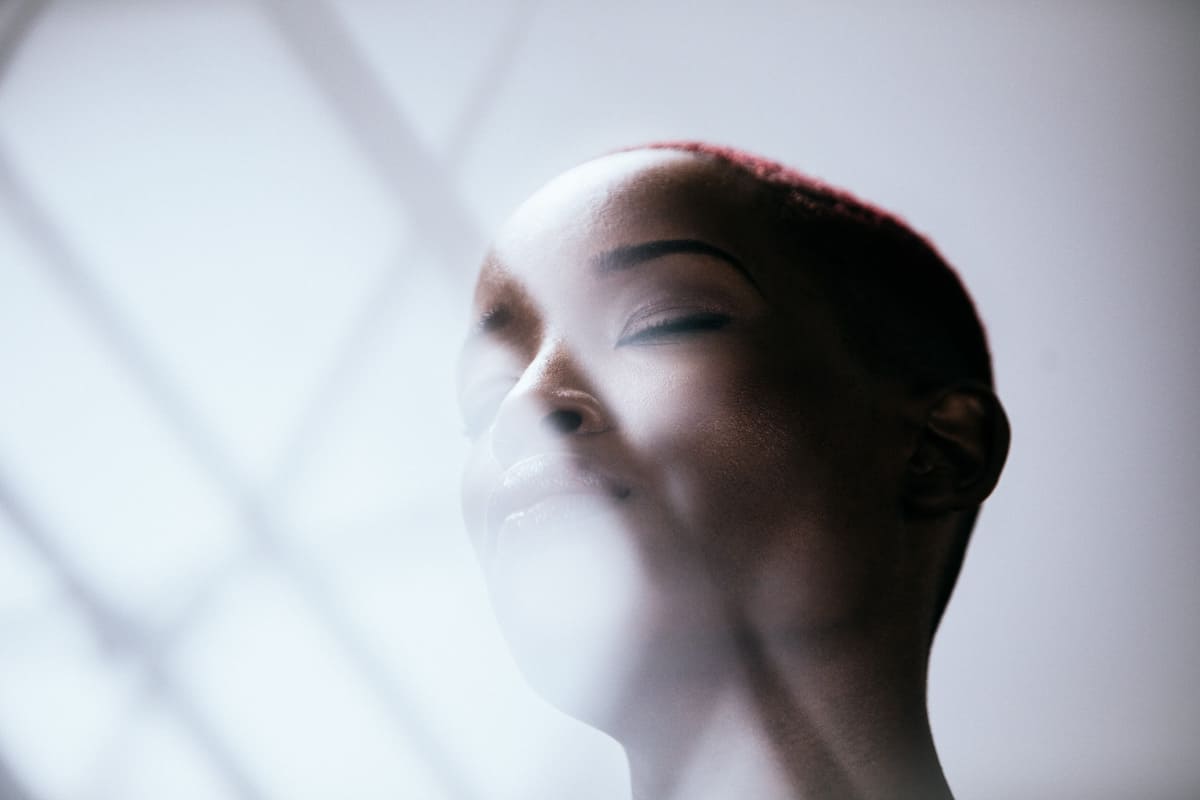
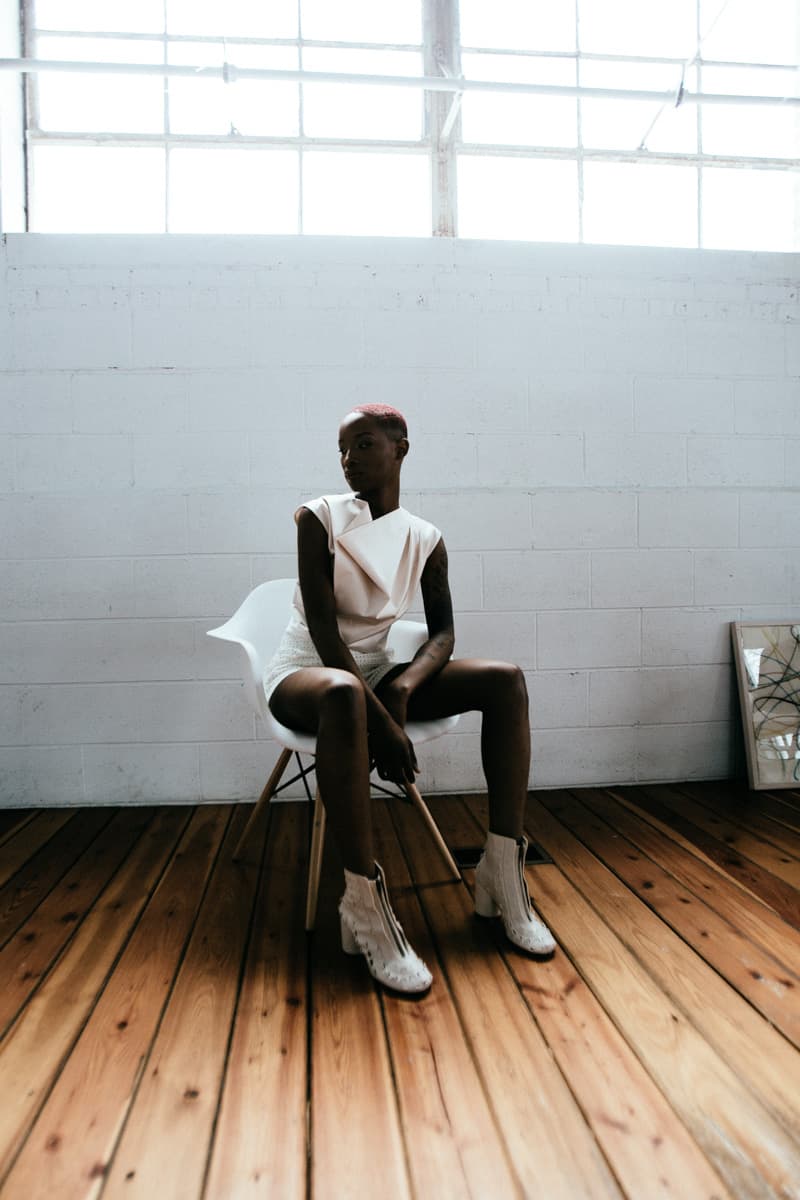
Hahahaha, we’ll put a little link at the bottom of the interview for “consulting services”. Would you consider photography a passion? Or something that you enjoy and are good at that you’ve made into a career?
I would say I guess a little bit of both, just because it’s got to be a passion. You can’t, in today’s climate…maybe some years ago you could have gotten away with being like, “I’m just going to be a photographer because I can make money at it.” Maybe that could have worked a little while ago, but now that there are so many photographers that are good, and so many people that can do a good job at it, in order for you to deal with all the stuff that you have to deal with, you have to be passionate about photography. But on the other hand, I’m just into creating things in general. I feel like business and all of that goes along with that, as well. When I’m being an entrepreneur, I’ll come in with an idea, and that’s me exercising that creativity in myself to bring something to fruition that was only in my head. And that’s really what I’m all about. Photography right now just happens to be the vehicle that I’m using. I can definitely…over the years when I look back, there are a lot of things that I was into like that. I was into drawing in the beginning, then I was into music, then I got to photography, at one point I was into graphic design. Now that I own a house, now I’ll start getting into interior design, and get into home goods, and I started having way more appreciation for hand-crafted stuff that would just be in the house. So my creativity goes across the board, through all of that stuff. I hear a lot of photographers, there are a lot of photographers out there that are only into photography.
Right.
That’s why I say, for me, it’s a little bit of both. Because I’m into photography, but, in addition to that, I’m into a lot of things. If it has anything to do with creating something, I’m usually curious about it.
Right. Is moving more into more narrative, directing stuff, something that you’re interested in doing?
Yeah, for sure. I’m interested on some levels in directing. Even more so, I’m interested in DP-ing, I feel like when you DP, you’re more closely connected to the visual.
Sure.
And I’m very much a visual person. A lot of directing, from what I’ve been able to see, is a lot of writing and a lot of talking to people. I like talking to people, too, but I’m just…in that world, what’s appealing to me the most is continuing to be a visual person.
Right.
Continuing to think about what looks cool; I don’t have to worry about the details of why a person is doing something, I just need to know, “this person is trying to get from point A to point B, and I need to make it look as dope as possible.” That’s what I want to think about, when it comes to video. So for me, I think it would be more of a DP role, when it comes to cinematic stuff. A lot of the things that I do, I try to tell a story. I try to make it…like, if you go to my Crew Love personal project, for instance, there were a lot of shots in there that I felt like were cinematic shots.
Right.
When you see them by themselves, I felt like they could have been video stills. When you see a shot of just empty lockers, for instance, something was happening there. Some are open, some are closed or whatever, you see a shot like that, or you see a shot where it might just be a person. There was one shot in particular where it’s a very wide shot of the gym, and it’s just got one kid sitting in the gym in the chair across the way…
Looking all relaxed, yeah.
I feel like that’s a very cinematic shot. That’s a shot that you would use to maybe open up a story. So usually, when I’m photographing large, long-form stories like that, I’m thinking, “how can I put this together, what shots are going to look cool next to each other and how can it unfold in this very big-picture sort of way?” When you step back, you see all these little frames, and you’re like, “okay, I get it now, there’s a guy in a locker room…” You can put it together like a little storyboard. W the pictures, I still try to tell a little bit of a story with that.
I don’t see a lot of…even in the stuff that is advertising, it doesn’t seem staged, it all seems very natural and immediate, and I think that is what brings it closer to a story or a narrative, that this is something that’s happening, because you’re seeing people in motion. How do you direct when you’re doing something that’s more staged to achieve that kind of immediacy?
By directing as little as possible, really. I kind of just give people as much as they need to know, I guess, like as much as I feel like they need to know. Sometimes, it’s really just being very manipulative with how you give information. If I know that I want somebody to do something, I might already know, like, I might go into your office thinking, “I really want a picture of Lou jumping off his couch,” but I may not explicitly tell you that. I might just use things to lean you towards that and get you to do it on your own, without you feeling like I made you do it. But really, I’m trying to get you to do it, just on your own. I end up doing that a lot with people, where I’ll lead them sort of in the direction that I want them to go, but I won’t tell them exactly what it is that I want them to do.
Right.
Sometimes I may use little nudges to do that, based off of how they’re reacting with other things. I’ll tell them this is kind of what I’m trying to capture, the mood that I’m trying to capture, the spirit that I’m trying to capture; music helps, helps stimulate the vibe a lot, so I try to have that around whenever possible. But outside of that it’s just trying to manipulate people and get them to sort of think on their own. Another thing I like doing is, if it’s a celebrity or whatever, or somebody that I don’t really have a whole lot of time to build a rapport with, then I usually will like it if they have a friend that can come to set with them, and then, maybe even talk off-camera to them, and I encourage conversation off-camera. For them to say, for that person to maybe say, not to be like, “yo, tell a joke,” but they Have a rapport with the subject, you know, you know how you are with your friends. It’s a lot easier to get you to be at ease, you know, to smile and laugh, have natural looks. And I sort of just hang back and will dip in and out of the conversation as needed in order to sneak shots off. And that’s kind of how we can get a little bit more of a natural feel with people, too, in a quick way.
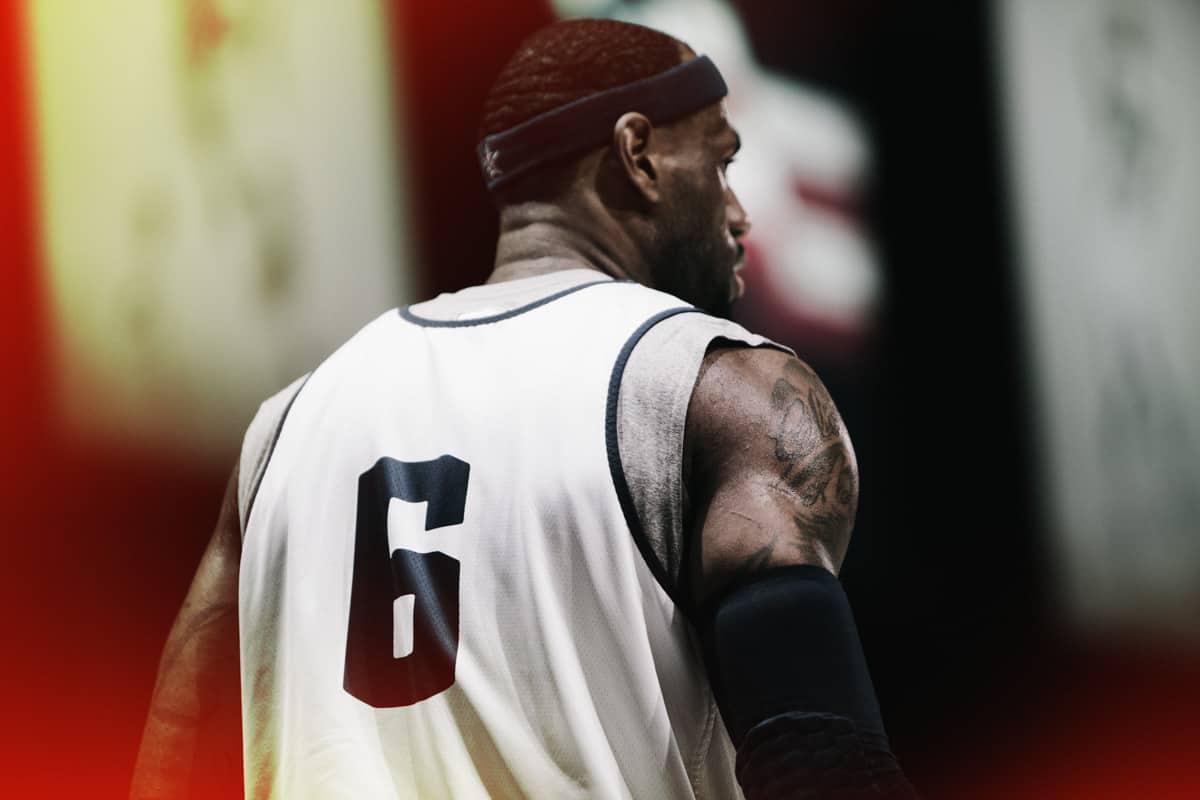
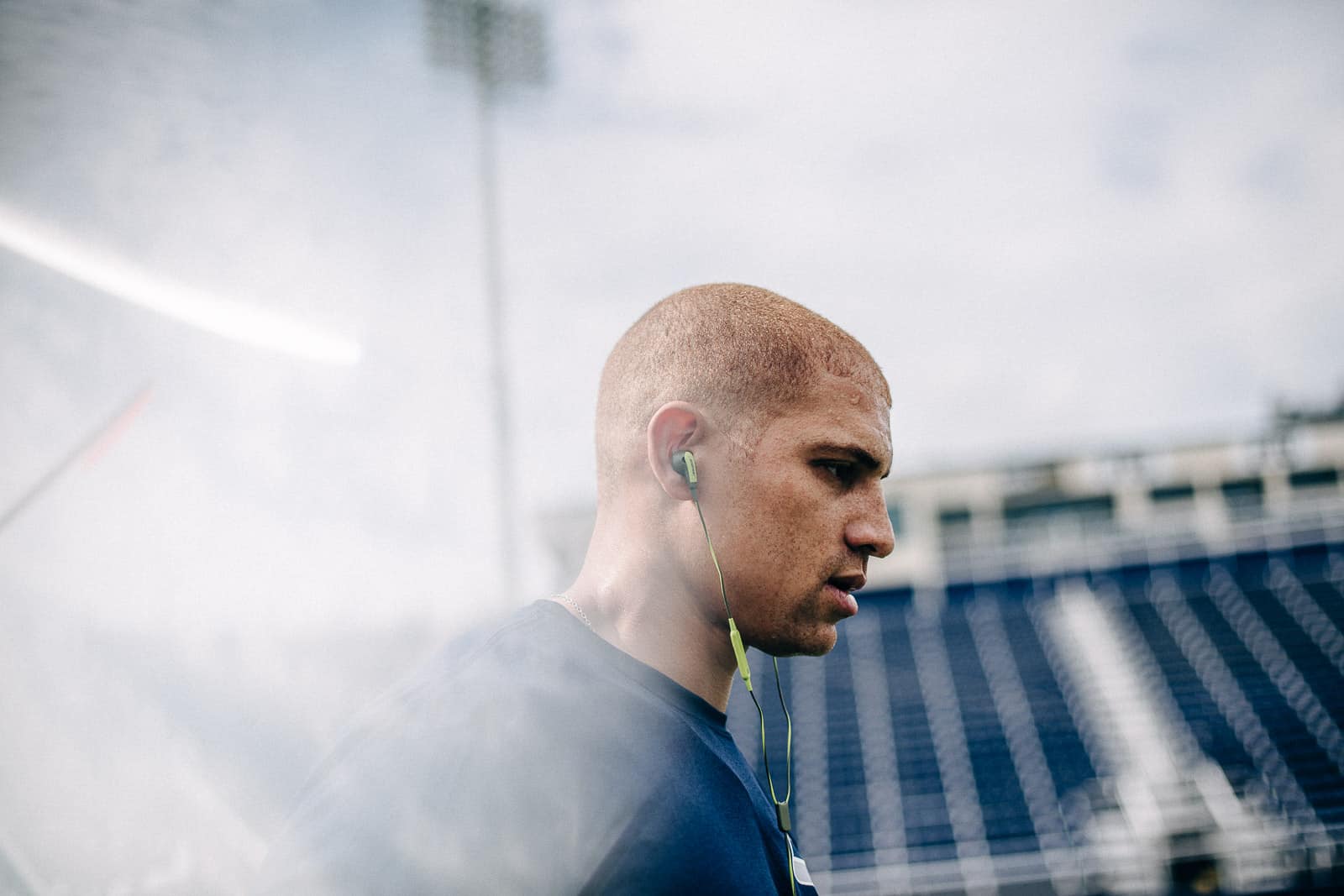
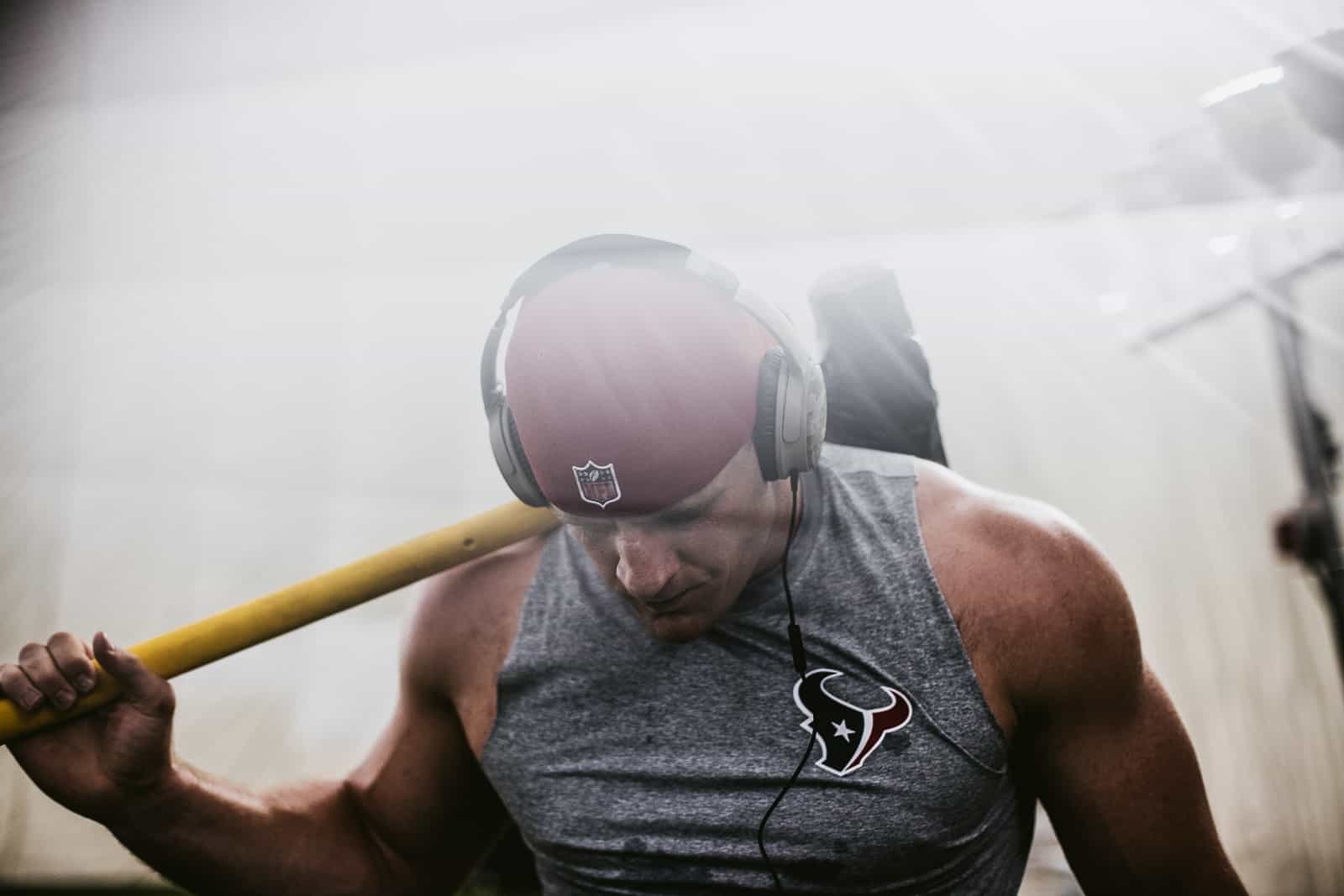
Cool, I like that. So, here’s our trademarked TPJ question, we ask this of everyone: do you prefer the process or the result?
Hmm, that’s an interesting question.
We’re very interesting!
I think I prefer the result, because…I’m not going to say that I don’t care about the process, but the process is always so different, and I think that for me, the most important part for me is the end product. Like, you getting what was in your head, I don’t really care about how I got it. Whether I had to light it, or do all of this stuff, or if I only did it with natural lighting or whatever; none of that really matters to me because I’m doing it so many different ways. What matters to me is the eventual result: did I set out to achieve what I set out to achieve? Which is to create a memorable photo. If I did that, then I did what I was supposed to do. If you are invested in the process and then it ends up not working out, then that sort of defeats the purpose.
Do you pay attention to a lot of other photographers?
I used to. I used to pay a lot more attention to other photographers. I still do, now, just not nearly as much as I used to before, just because I don’t have the time to. But I think you need to be very aware of what’s going on out there, and very aware of what other people, like your peers, are up to, because I feed off of that. I’m sure others feed off of me, too. We all share ideas, like they say, no idea is original, every idea is just a manifestation of something else that you’ve seen before, it might just be a little bit different because you’re putting your own spin on that. I do like to keep up with a little handful of photographers that I check in on every now and then, I’ll look at their websites to see what they’re up to. I still, I do that to a certain degree, but before, I was out of control.
Ha!
MS: I would literally spend the better half of a day just looking at other photographers’ work. It was a very important period for me, a very important part of me developing just my sense of style, and developing what I like and don’t like. When you’re going into a situation when you’re photographing something, and you’ve got this library of stuff in your head that you’ve seen before, or that you know works really well, it kind of gives you a good starting point and good base for where to go, you’re not starting from scratch every single time.
Are there photographers that you look up to?
For sure! Some of my early influences were Jonathan Mannion, who does a lot of music photography. He shot Jay Z’s first ten album covers, he shot all of DMX “best” albums, the first three, he shot those, he shot a lot of stuff, countless amounts. So him…when it comes to sports? Carlos Serrao. I don’t think that anybody out there is better than him right now. I think that the work that he’s creating is very unique, and I admire the fact that he gets hired to do exactly what he does. You don’t come to him and say, “Carlos, I want you to shoot, but here are the boards,” and it’s a bunch of other photographers’ work. Every time he does anything, every time, every single time, no matter who the client is, it always looks like he shot it. Every time I see his work in the wild, like out on a billboard or at a store or in a magazine or whatever, I know right away that he shot it. I actually got a chance to talk to him, I’ve spoken to him on the phone a couple times, and I text him every now and then, so he’s somebody that is working right now that I’m just like, “I want to be like you,” basically. He’s my number one guy. But then there’s countless others that are out there that just do work all the time that I think is just great. Peter Yang is another one, does a lot of celebrity portrait work. Who else…another guy is Patrick Holeck, I always love all his lighting, I always thought he had the best lighting. So he’s another guy that I really admire and looked up to for a long time. I could talk about that for a long time, there’s too many people.
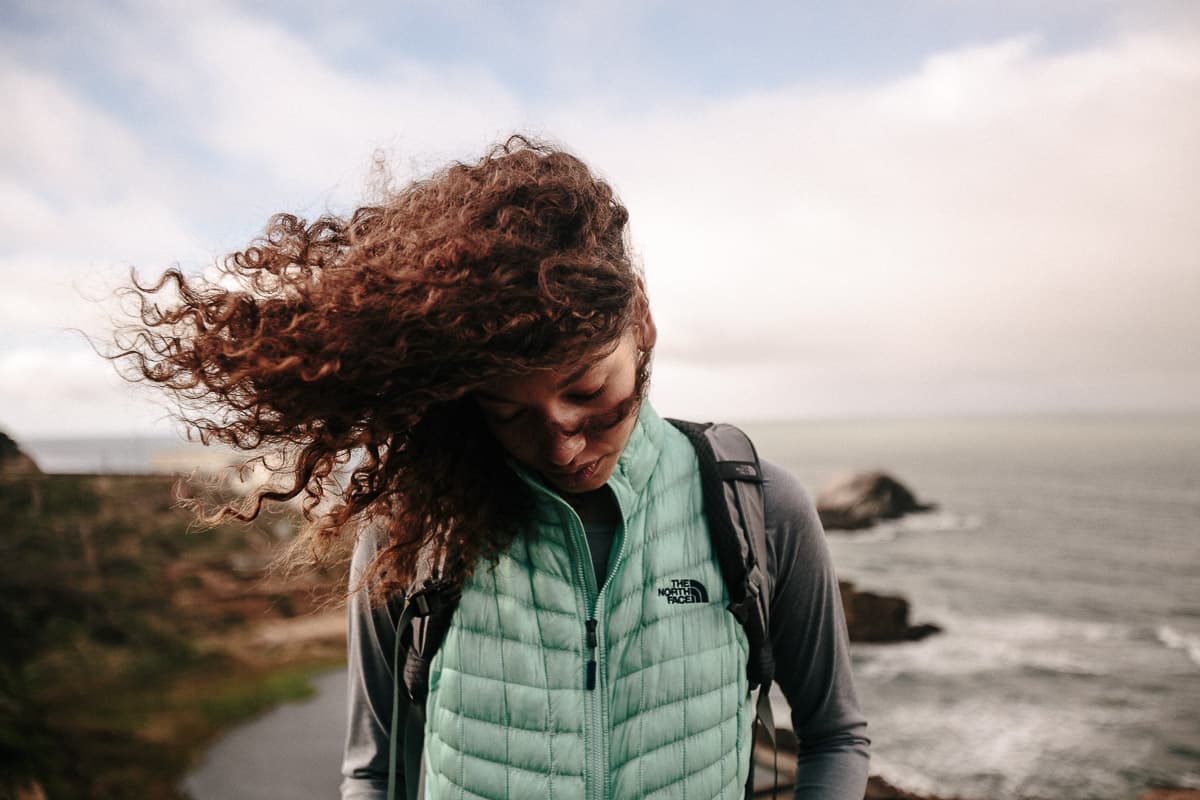
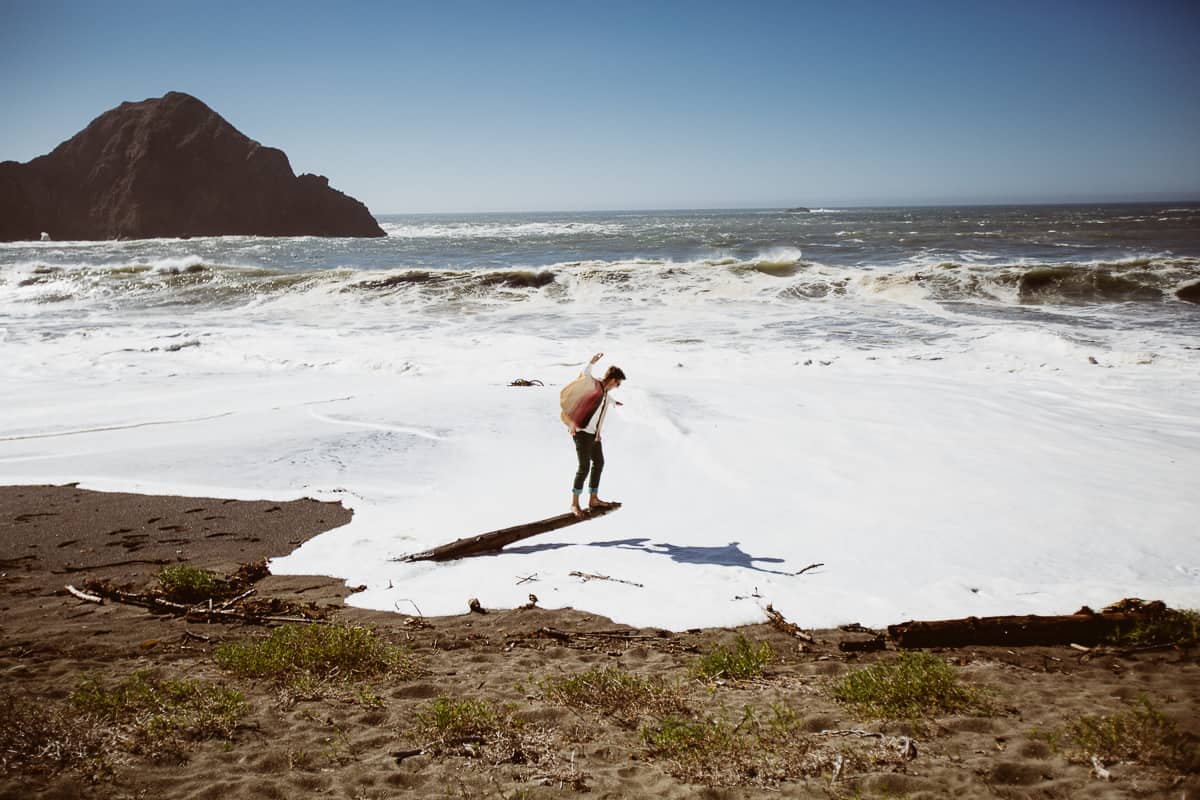

I hear ya. How was speaking at the Annenberg? Because that was last week, right?
Yeah, it was almost a week ago. It was good! It was a great experience, that was my first experience like that. It wasn’t my first time public speaking, I was on the panel last year for PDN 30, so that was really my first public speaking engagement. But the Annenberg thing was my first time doing a solo thing. It was the first time that it was all about me! It was fun, my family got to come out, my wife and my mom, they got to come out and check me out, and they had a private room for us, it was an experience. It made me very humble to go there and be joining in with all the other really awesome photographers that they’ve had speak there. And then also…I didn’t even get to tell this story while I was there, at first when they asked me to come out and speak, I actually said no. I made up an excuse as to why I couldn’t do it, but it really wasn’t that I couldn’t do it, it was just that I was nervous about doing it, and I was afraid that it was too early to be doing something like that, I felt like I haven’t, even amongst…Annenberg is doing this whole “emerging photographer” thing right now.
Right.
And even amongst the emerging photographers, I’m still one of the newer photographers, even amongst them, so I just felt like…I don’t really deserve to be one of the people that comes here and speaks yet, I felt like that should go to somebody else, somebody that had been putting in work for a longer amount of time. But then, what made me do it, the person I was emailing was like, “why don’t you think about it, why don’t you just get back to me in a couple days, give yourself a couple days to think it over, don’t give a final answer just yet.” And so I thought about it, and I was kind of like, “man, don’t be stupid, if anything, you owe it to whatever person is out there that might hear your story and be inspired by it to continue doing whatever it is that they’re doing to break into the industry. Because you might say some things or you might share a story that might inspire somebody else to keep going that wanted to give up.” And I was like, there are many people that have contributed to me being a success in my life, I owe it to the community to share my story and inspire other people to keep going, as well. I was just like, it would be extremely selfish of me, if I don’t go and share my story, because it’s not like I’m up here trying to tell people that they can make crazy money doing this, or whatever.
Hahhaha, totally.
MS: I’m just up here to share what it is that I do and how I made it to where I am, that’s what I went up there and did. That was the, sort of, the mindset that kind of took on, and I emailed her back and was just like, “I’m going to go ahead and do it just because of that.” Everybody deserves to have their story told, whether it’s the person that’s been at it for two years, or the person who’s been at it for five years, seven years, whatever. Everybody has a story to tell, everybody’s story is unique, and I feel like that’s what makes it all worth it at the end. Some people are going to break through in six months. Some people are going to hear my story, and they going to be sitting in the audience at the Annenberg this year, and then eight months from now, they’re going to shoot their first advertisement assignment, that’s possible. While it might have taken somebody else ten years, seven years, whatever. I just thought about it from that perspective going in. And I’m glad I did it.
Did you enjoy the speaking at the Annenberg? The actual speaking and the Q&A and all that?
Yeah, I enjoyed it! I used to get in trouble for talking, so I love to talk and I love to tell stories.
Yeah.
I’m a very extroverted person, now. I think there was a time in my life where I was the opposite, I grew up the only child. So I had to work my way up to that. I grew up being a very introverted person and being very quiet. When I was around friends and family that I knew, I would talk and be a part of their conversations, but when I was around people I didn’t know, I was very quiet and very to myself. I think that’s just a part of growing up and, you know, building up your confidence, and being comfortable with who you are. You start to develop these nuanced social skills, and that was the case with me. Wanting to be a photographer and also just wanting to go into business, I knew that those were things I needed to work on, so I became more of a social sort of person. So I enjoy being out and talking to people, meeting people that I don’t know, and just having conversations. So it was fun for me.
Do you feel that photography helped you to become more extroverted?
MS: Oh for sure, it definitely did. Working with models or working with people you don’t know, or haven’t ever met before, it’s on you how comfortable they feel. If they sense that you aren’t comfortable with them, then that’s the overall vibe of the shoot and the session. I had to learn really quickly that if you want people to feel comfortable in front of the camera, take direction from you, you need to be the one to kick things off, be the one to set the tone, to show that it’s cool, that you’re a cool person, that they’re there to have fun and that you’re not there to make it this nerve-wracking experience for them. For a lot of people, getting their picture taken is a very, anxiety-inducing experience. It’s not a thing that a lot of people think is going to be fun. Anybody outside of a model, for instance, they don’t know what to expect going into a photo shoot, and that goes for some celebrities, too. Some celebrities, a lot of celebrities out there don’t like getting their picture taken, so you have to warm them up, or you have to figure out what it is that you can do to make them feel comfortable and not all tense about the situation. The best way to do that is just be loose and be personable.
Awesome. I think that does it, I think that’s all we need. Thank you!
Cool, yeah, thank you, appreciate it!
